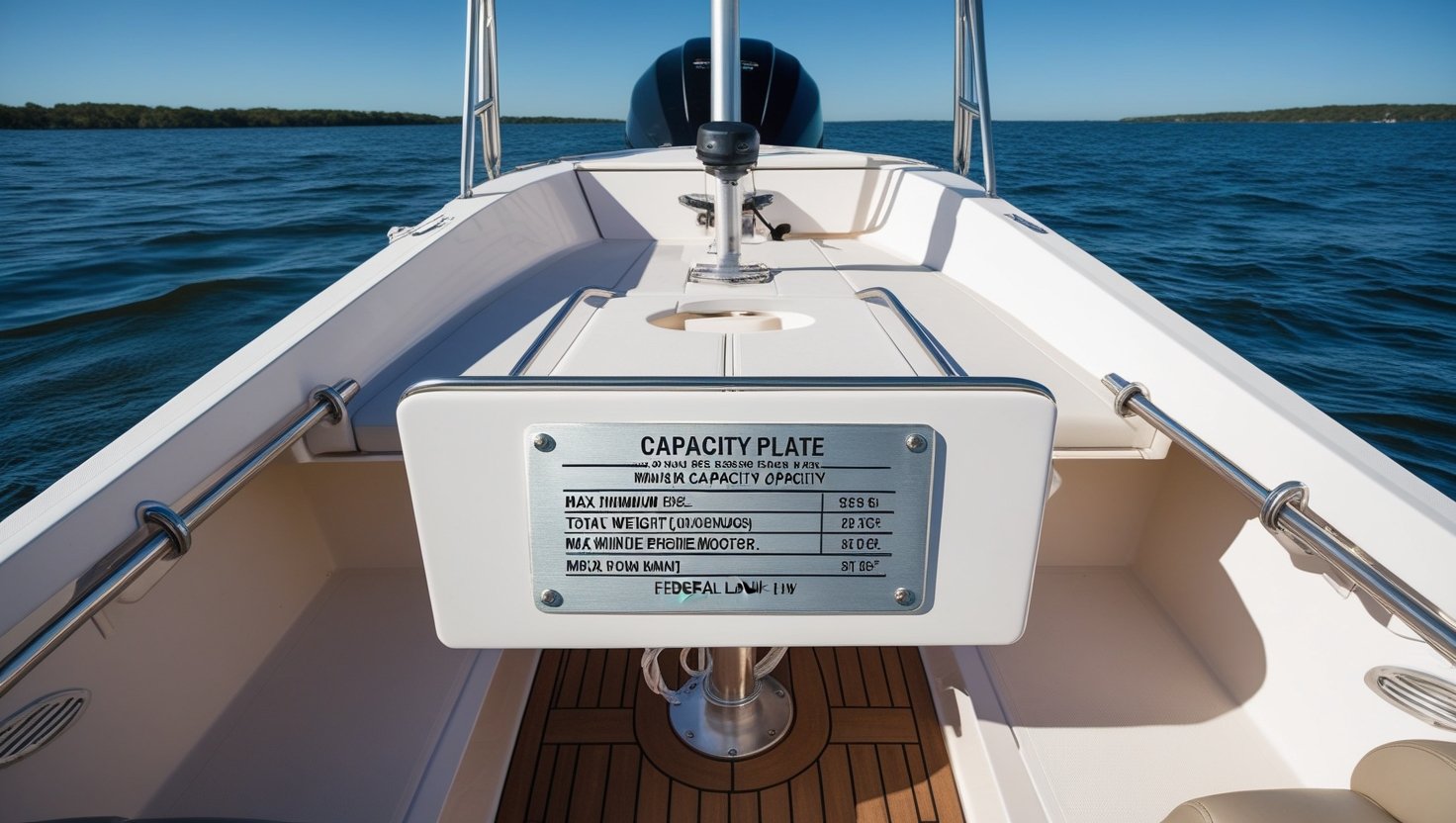
Understanding Outboard Boat Capacity Plates: The Horsepower Rating and Its Importance
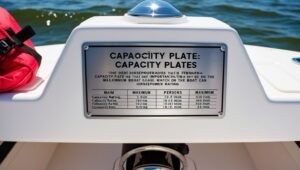
When it comes to boating, safety is paramount. From wearing life jackets to ensuring the boat is in good condition, there are numerous steps that boaters must take to ensure a safe and enjoyable experience on the water. One critical yet often overlooked aspect of boating safety is understanding the information provided on the boat’s capacity plate. This small but vital plaque, usually found near the helm or on the transom, provides essential details about the boat’s capacity and performance limits. One of the most crucial pieces of information on this plate is the horsepower rating. But what does this rating mean, and why is it so important? Let’s delve deeper into understanding the horsepower rating on outboard boats and its significance.

What is a Capacity Plate?
A capacity plate is a metal or plastic plaque affixed to the inside of a boat. It contains important safety information, including the maximum weight capacity, the maximum number of persons that can be safely onboard, and the maximum horsepower rating. This plate is usually mandated by law in many regions, and boat owners and operators must adhere to the limits specified on it.
The Horsepower Rating Explained
The horsepower rating on a capacity plate indicates the maximum engine power, measured in horsepower (HP), that the boat can safely accommodate. This rating is determined by the boat manufacturer through rigorous testing and calculations, taking into account various factors such as the boat’s design, weight, and intended use.
The formula used to determine the horsepower rating often involves the boat’s length, width, and hull design. For instance, boats with flatter hulls or those designed for high-speed activities may have different horsepower ratings compared to boats with deep-V hulls intended for rougher waters.
Why is the Horsepower Rating Important?
Safety and Stability
The primary reason for adhering to the horsepower rating is safety. Exceeding the recommended horsepower can lead to several safety issues, including loss of control, increased risk of capsizing, and structural damage. Boats are designed to handle a specific amount of power, and surpassing this limit can compromise the vessel’s stability and maneuverability. For instance, a boat with too much power may become difficult to steer, especially at high speeds, increasing the risk of accidents.
Performance Optimization
While it might seem tempting to install a more powerful engine for better speed and performance, it’s essential to consider that the boat’s design is optimized for a specific horsepower range. Using an engine within the recommended range ensures that the boat performs as intended, providing a balance between speed, fuel efficiency, and handling. An engine that is too powerful can cause the boat to ride improperly in the water, affecting its performance and increasing fuel consumption.
Legal and Insurance Implications
Operating a boat with an engine that exceeds the horsepower rating can have legal and financial consequences. Many regions have regulations that enforce adherence to the capacity plate’s specifications. Boating laws often require that the engine power must not exceed the maximum rating, and failing to comply can result in fines, penalties, or even the revocation of boating licenses.
From an insurance perspective, operating a boat outside of its recommended specifications can void the insurance policy. In the event of an accident, insurance companies may refuse to cover damages if it is found that the boat was equipped with an engine that exceeded the horsepower rating.
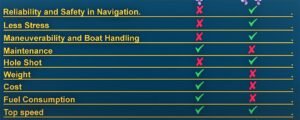
How to Determine the Correct Horsepower for Your Boat
Understanding and adhering to the horsepower rating is crucial for safe boating. Here are some steps to ensure you are using the correct engine for your boat:
1 Check the Capacity PlateThe capacity plate is your primary source of information. Locate it on your boat and make a note of the maximum horsepower rating.
2 Consult the Manufacturer If you have any doubts or need more detailed information, consult the boat’s manufacturer. They can provide additional insights into the testing and rationale behind the horsepower rating.
3 Consider Your Boating Activities Think about how you plan to use your boat. Different activities, such as fishing, water skiing, or leisurely cruising, may have different power requirements. Ensure that the engine you choose aligns with your intended use within the recommended horsepower range.
4. **Seek Professional Advice If you are unsure about selecting the right engine, seek advice from a professional marine technician or a reputable boat dealer. They can help you choose an engine that meets the capacity plate’s specifications and suits your boating needs.
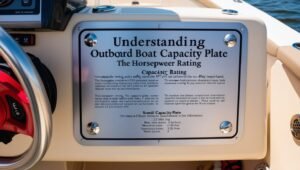
Conclusion
The horsepower rating on the capacity plate of an outboard boat is more than just a number; it is a crucial guideline for ensuring safety, performance, and compliance with legal and insurance requirements. Adhering to this rating helps maintain the boat’s stability and maneuverability, optimizes its performance, and prevents potential legal and financial issues. As a responsible boater, it is essential to understand and respect the information provided on the capacity plate, ensuring a safe and enjoyable experience on the water.
Remember, boating is not just about the thrill of the open water; it’s about enjoying that thrill safely and responsibly. By paying attention to the capacity plate and adhering to the recommended horsepower rating, you can ensure that your adventures on the water are both exciting and safe. Happy boating!
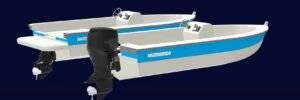
1 What is the significance of the horsepower rating on a boat’s capacity plate?
Horsepower ratings indicate the maximum engine power a boat can safely handle, ensuring optimal performance and safety.
2 What is the horsepower rating on the capacity plate?
This is determined by the boat builder, taking into account the boat’s design, size, and intended use to ensure safe operation.
3 What happens if a boat is equipped with an engine that exceeds the horsepower rating?
* Exceeding the horsepower rating can lead to safety issues, such as loss of control, structural damage, or even capping.
4 Is it legally required to follow the horsepower rating on the capacity plate?
Yes, in many regions, compliance with horsepower ratings is a legal requirement for safety and regulatory reasons.
5 Can the horsepower rating affect a boat’s insurance policy?
Yes, using an engine in excess of rated horsepower can void insurance coverage, as it violates safety and usage guidelines.
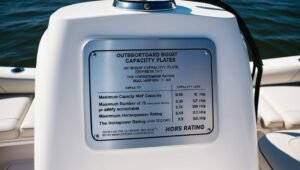
Understanding Outboard Boat Capacity Plates: The Horsepower Rating and Its Importance
Safety is the most important factor when boating. Boaters need to take many precautions to ensure a safe and happy day on the water, from wearing life jackets to making sure the boat is in good shape. Knowing the information on the boat’s capacity plate is an important but frequently disregarded part of boating safety. This little but important plaque, which is often located on the transom or close to the helm, gives important information regarding the boat’s performance limitations and capacity. The horsepower rating is among the most important details on this plate. What does this rating actually signify, though, and why is it so crucial? Let’s investigate more thoroughly to comprehend the
